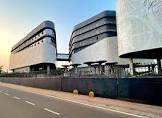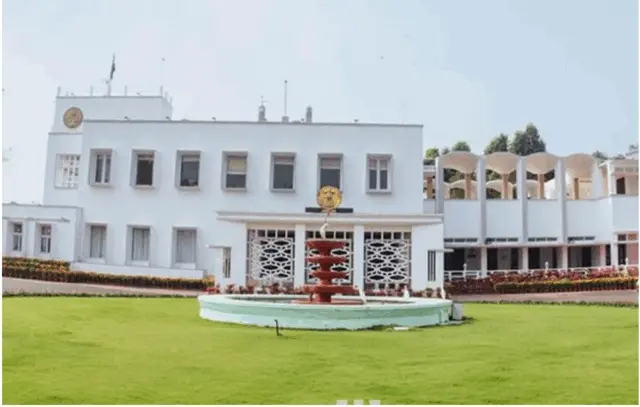Bhubaneswar: It is well known that India is a country dominated by villages. It has been taught to us and mentioned in every child’s debate competition and essay writings. Many economists agrue that urbanization has a direct connection with prosperity. According to their opinion urbanization is the only way to develop people.
There has been much discussion on villages and towns during the time of Covid-19. But the focus on the villages increased when lakhs of migrant labourers returned to their native villages after the sudden imposition of nationwide lockdown during the first wave of Covid-19 in March 2020. The tragic pictures of men, women, and children struggling to return back home after losing their work, and livelihoods are unfortunate and heart wrenching. The migrant workers were coming back to their villages in the hope of reassurance from their family, friends, and relatives even though there was a drastic dearth of income opportunities in the villages. There was the hope of near and dear ones standing by ones side at the time of crisis, which led to a life and death situation.
People migrate to other states and cities foe for a better living. When industries are established near the cities then many people from rural areas flow towards urban employment. As majority of the rural population depend on agriculture so there are a hidden unemployment in the sector as studied by economists. Therefore it is necessary that to escalate the overall productivity of the country the rest of the people should get employment in non- agricultural sectors. But there has not been enough means explored and implemented in this direction.
During covid crisis, rural economy especially agricultural sector is proved to be more grounded and flexible rather than urban industrial sector. Not only in 2020-21 but in the last five years the growth rate of the agricultural sector was 4.8 % whereas the total economic growth rate was 3.6%. In the first year of the pandemic urban economy was more affected than the rural economy. In the second wave the rural areas were proportionately more affected. Death rate was higher in rural areas because of the scarcity of proper health services. Many state governments are refusing to accept this fact, as the media reports.
If look at every indicators of human development it would be clear that the condition of the villages are much worse than the cities. These measurements include literacy rate, opportunity for quality education, infant mortality rate, drinking water and sanitation facilities, number of beds in hospitals, number of doctors and other components of health care ect. In last few years though there are some progress in certain aspects such as the roads connecting to villages, drinking water supplies, sanitation, electricity and transportation etc. but the quality of these are relatively poor. The people residing still are deprived of many basic requirements.
To talk about health care services, Macro Economics and National Health Mission Report shows that as more than 65% people in our country live in rural areas, but still 80% of health infrastructure and human resources related to health are centred in urban areas. According to another statistics there was a scarcity of more than 2100 community health centers , more than 6400 primary health centers and around 3300 deputy health centers Indian villages till 2018.
As per the National Sample Survey 2017 only 6% rural families and 25% urban families had computers. Among the families of school going children, only 42% families had smart phones. Statistics says during the time of covid pandemic more than 70% children were deprived of online education. It is understood that how backward we are on the basic amenities like education and health in the rural areas. The situation of livelihood is also similar as the National Rural Employment Guarantee Scheme implemented to assure livelihood for the rural population was only 65 % allocated as of May 2021.
-OdishaAge




